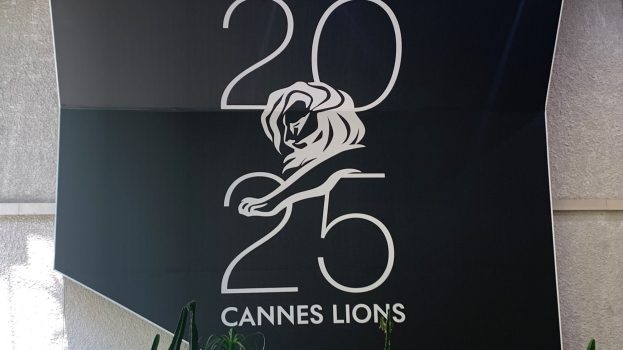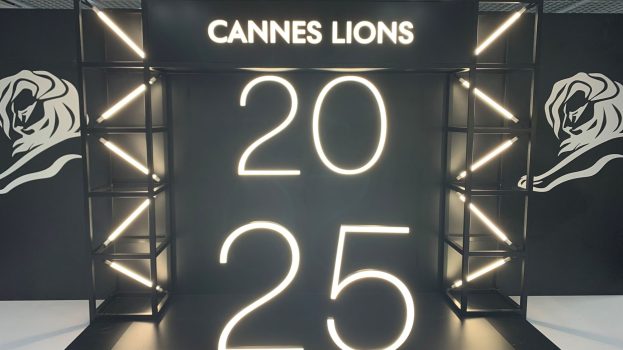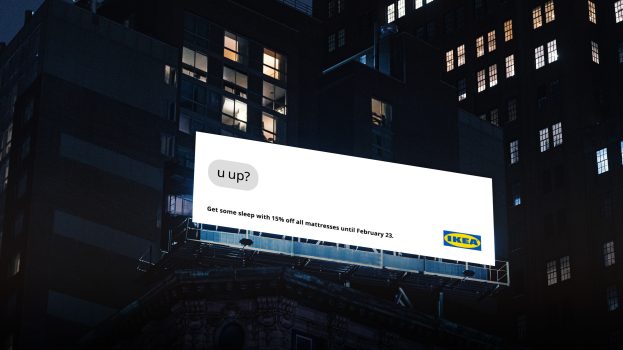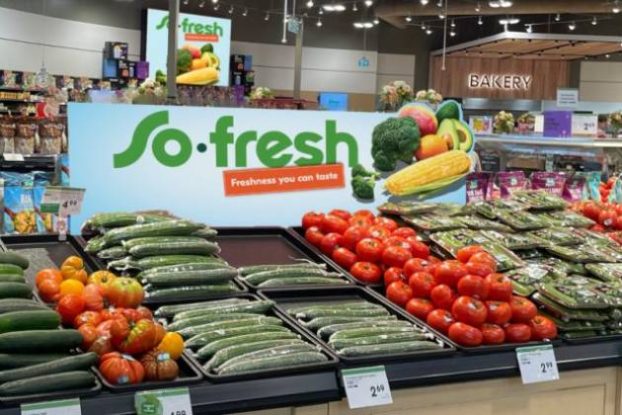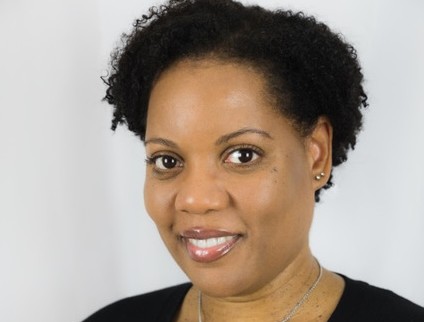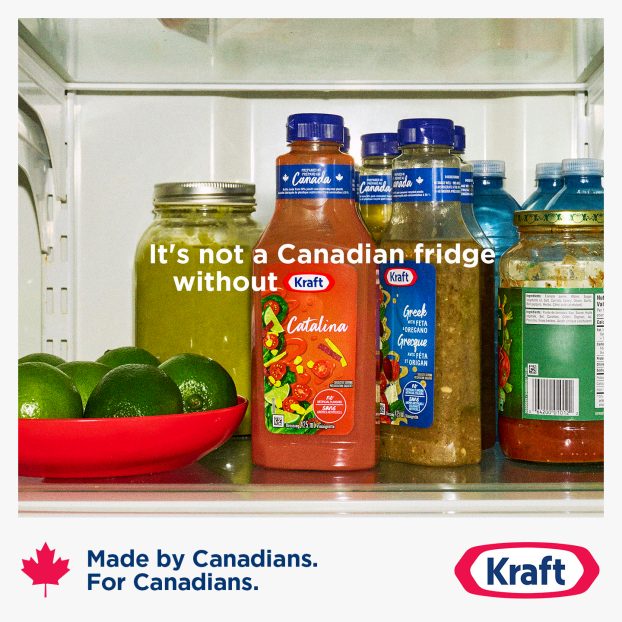Sampling and demonstrating, at one time no more complicated than cheese and crackers on a tray, is showing increasing evidence of sophistication with the use of mobile sampling stations, premium giveaways, character appearances, cross-promotions and consumer research.
And while some of these methods are not new, they are becoming more and more prevalent, say representatives of sampling companies, as marketers seek the most effective ways of turning sampling into sales.
The value
The value of the in-store sampling and demonstrating industry in Canada is about $25 million annually, not including the cost of the products being sampled, says Garry Lewis, vice-president and general manager of sales merchandising information for Retail Resource Group, one of three major in-store sampling companies operating in Canada.
Lewis says Retail Resource Group and its competitors, Instore Focus and Professional Demonstrating Services, together account for the bulk of the in-store sampling business, with combined billings of about $22 million.
In-store demos
He says in 1991, Retail Resource Group conducted more than 25,000 in-store demonstrations, billing clients about $400 per site for a three-day project of between 18 and 20 hours.
Companies such as Netmedia Enterprises, which deliver unaddressed samples door-to-door, for between 5 1/2 cents and 21 cents per piece, add another $3 million to $5 million to the pot, says Netmedia national sales manager Geoff McCullough.
The last two to three years has been a period of considerable growth for the sampling industry.
Major packaged goods companies such as Kraft General Foods, Quaker Oats, General Mills, Procter & Gamble, Lever Bros., Kellogg’s, and others, are shifting a greater proportion of their marketing budgets to store level, in an attempt to influence the consumer’s decision at point-of-purchase.
And they are using a variety of ways to do it.
Mobile sampling station
One of the most intrusive in-store methods being used is the mobile sampling station.
Quite simply, it is a dressed up grocery cart that a demonstrator can wheel around the store to intercept customers anywhere, anytime.
Ron Turner, marketing manager for consumer products at Searle Canada, says his company used a mobile sampling station to offer customers fresh strawberries dipped in Equal Spoonful sweetener because ‘we wanted to be unique, not just another chip dip or wienie stand.’
‘People are reluctant to walk up to a booth,’ Turner says. ‘They stand back and say, `Maybe I’ll get my kid to get a free weiner’. This way, you’re actually going along with the flow. You can be more intrusive. People have to go within a couple of feet of the cart.’
He says the mobile station ‘probably tripled the results over a stationary booth. We had over 20% in-store coupon redemption and 10% to 15% product conversion in the store.’
Turner says successful sampling is especially important for a product like Equal Spoonful because of the consumer perception that ‘all sweeteners taste bad.
‘You could have done all the advertising in the world and never converted that person,’ he says.
Premiums
Premium giveaways, to encourage trial of a product, are also becoming more prevalent, says George Evans, president of sampling company Instore Focus.
‘It’s adding value to the product,’ Evans says. ‘If you give someone a coupon, it’s worth 30 cents. If you buy premiums in volume, you’re able to give the customer a lot more value.’
Premiums can also be linked to the product being sampled or demonstrated, to prompt repeat usage.
Anna Caravaggio, category assistant with healthcare firm Warner Lambert, says giving away a Sinutab mug with the purchase of a box of the company’s hot lemon drink made sense because government regulations prevent free sampling of over-the-counter products.
Although the company did sell samples of the sinus cold powder for a nominal fee (one cent), the success of the promotion hinged on in-store demonstrators, who talked about its non-drowsy feature.
‘Ours is probably the newest method of sampling, where in fact, customers aren’t `sampled’ at all,’ Caravaggio says.
Character appearances
Garry Lewis, of Retail Resource Group, says although premium giveaways are gaining popularity, they can sometimes meet with resistance from the retailer, who may be selling a similar item.
‘They’re really tough on getting their bit of the action,’ Lewis says.
‘The manufacturer may want to give away a free pitcher with his iced tea,’ he says. ‘But the retailer might be negative to it, because on aisle seven, they sell pitchers. They might demand you pay them `x’ dollars to make up for lost sales.’
Enhancement
Instead, Lewis’ company promotes ‘anything that will enhance the environment.’ This includes the use of characters, or mascots, to promote or sample an item.
‘It could be a weight lifter dressed up as Mr. Clean,’ says Lewis, who recalls with a laugh the difficulty they had getting muscular young actors to shave their heads for one such promotion.
The company has also co-ordinated appearances by Baby Pampers, a 10-foot diapered trade show mascot that has recently started appearing at drug stores, which order a minimum number of cases.
Katy Gourley, assistant brand manager at Kellogg Canada, who is overseeing a 500-store national promotion co-ordinated by Professional Demonstrating Services and featuring Frosted Flakes’ mascot Tony the Tiger, says marketers are always looking for bigger and better ways to attract the consumer.
‘[The mascot] is more fun and exciting for the kids [than a sampling station]’ Gourley says.
‘We knew kids would like to meet Tony, and have their picture taken with him,’ she says. ‘Plus, we didn’t think it was a product that needed sampling. A lot of people have eaten Frosted Flakes.’
In addition to the free Polaroid with Tony, families who bought the cereal were handed ‘goody bags’ to celebrate the mascot’s 40th birthday.
Cross promotion
Sometimes, the success of a sampling program is just a slight twist on an old story, says Andrew Pollock, product manager at H.J. Heinz.
For years, the company had sampled its line of Weight Watchers’ entrees during January, the heaviest dieting period of the year.
This year, Heinz repeated the promotion, using a radio tie-in.
Standard Broadcasting, which owns sampling company Instore Focus, ran 28 spots a week for four weeks on two of its Toronto stations, promoting the entrees as their ‘product of the month’.
Sampling took place at 80 stores in four grocery chains over the same period.
Pollock says although it is hard to evaluate one piece of the marketing mix (the company was also advertising on television), ‘the consumer take-off [participation] was the best we’ve ever had.’
‘We had stores stocking completely out of product,’ he says. ‘And we were getting better support from the trade, during a highly competitive time of year.’
The cross-promotion, which Pollock estimates cost 15% to 20% more than sampling alone, was worth the price, he says. ‘There’s an added value, and we’re willing to pay for that.’
‘I believe they’re looking at doing it again,’ says Pollock, who is now product manager for retail ketchup.
Research and training
Behind the scenes, too, the business of sampling and demonstrating is evolving.
Professional Demonstrating Services, for example, recently started asking samplers to participate in brief surveys, asking them everything from age and income to their impression of the flavor, price, quality and packaging of the sample received and whether they would purchase the product again.
‘If we ask only 25 people in 500 stores, that gives our client a 12,500-person sample base,’ says George Prior, president of Professional Demonstrating Services.
‘We then provide them with a report that summarizes our findings,’ Prior says.
The company made the questionnaire a standard part of every project because ‘we felt the information we were reporting back was ambiguous, when it was simply the demonstrator’s opinion.’
Post-sampling research
In the past six months, Netmedia Enterprises, too, has started to conduct post-sampling research, says Netmedia’s McCullough.
On request, the company will subcontract opinion pollster Gallup to ask consumers their perception of the sample three weeks after home delivery.
McCullough says since the company started offering the service, three packaged goods clients have signed up, although he declined to reveal their names.
He says the cost of a post-delivery survey is $2,000 to $25,000, depending on the number of markets studied and whether the survey company asks the questions in person or over the phone.
As well, sampling companies are investing ‘a lot more time, effort and resources’ into the training of people in the stores, Prior says.
‘We’re sending our supervisors on courses that teach them how to close a sale, and they, in turn, pass that information along to the demonstrators,’ he says.
The results have been dramatic.
‘Our conversion rate [the number of consumers that purchase a product, versus the number that sample] has been growing over the past few years,’ Prior says.
‘Three years ago, our average conversion factor in dry packaged goods was 32%,’ he says. ‘We are now experiencing a 44% conversion rate. That’s a 50% increase over the past three years,’ he says.
‘It’s really moving away from the cheese-and-cracker-on-a-platter thing,’ says Lewis, who adds the Canadian sampling industry has reached only 60% of its potential, compared with the u.s. market.
‘I project that it will continue to grow,’ he says.

